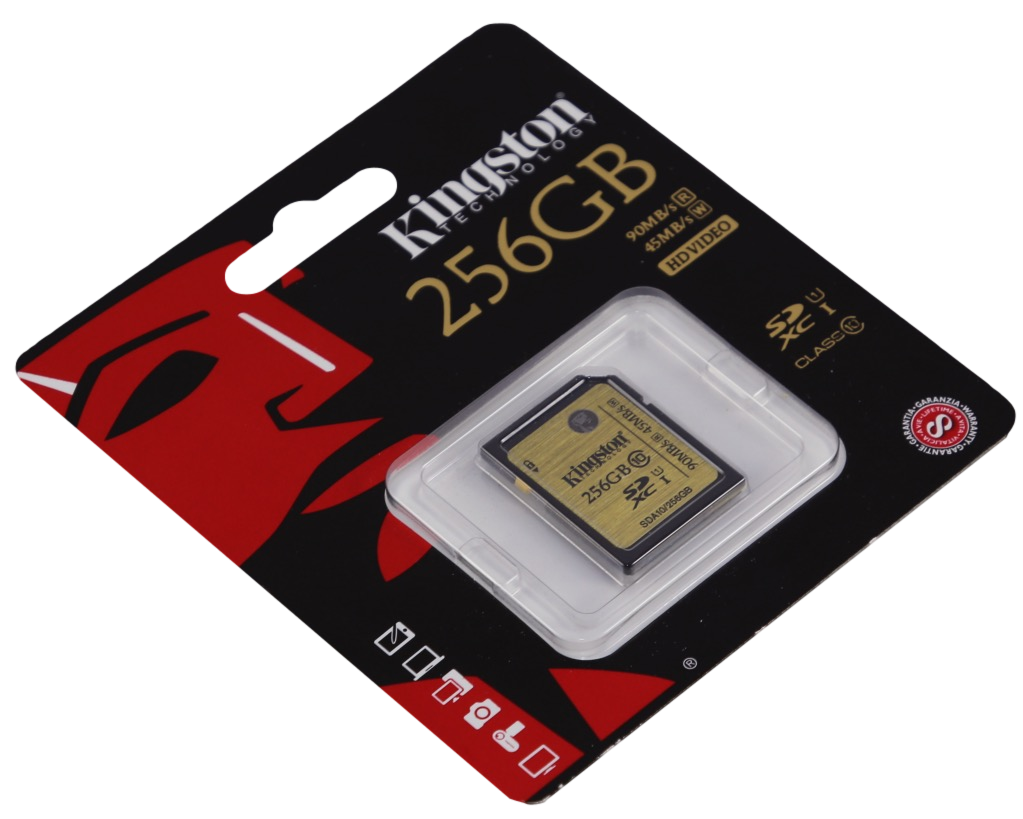St. Patrick’s Day may have come and gone, but it’s quite possible you could have some everlasting memories that you’ll never forget … even if you wanted to! Thanks to the ever great technological field of storage, we are consistently seeing strides and bounds made in upping the last feat, especially when it comes to storage capacity. With the help of Kingston and their SD memory card lineup, you can photo graph St Patrick’s Day about 12 times over and still have room for more with their SDXC UHS-1 Class 10 memory card, with available storage of up to 256GB!
WHAT IS SDXC? – SD CARD PERFORMANCE
First, there are a few acronyms and short forms that some may not know, some of you may, so let’s run through it quickly to keep everyone on the same page.
What does SDXC mean? When considering the size necessary for your photography or videography, your storage device will be your ultimate determinant. Obviously a flash card with a lower capacity will hold less videos and photos, which is pretty straight forward. If you have an SD (Secure Digital) card, you are probably going to want to upgrade that shortly, as that is an older technology that accompanied the first digital photography and videography devices. With it you will find not only lower capacities, but slower transfer speeds. To go the next step up to a more prevalent storage option, especially for photography enthusiasts and weekend photo shoots, is SDHC (Secure Digital High Capacity). SDHC cards can allow for capacities of up to 32GB, and transfer speeds of up to 42 MB/s. If you are looking to shoot video in a higher resolution, then you will find yourself looking one step further with SDXC (Secure Digital eXtended Capacity). SDXC can allow for capacities greater than 32GB, and have a maximum write speed of up to 95 MB/s.
If you are interested more in videography, than the next acronym is your key point to look for, especially if you are worried about transfer speeds. If you have a flash card handy, take a look at it, you may notice that there is a number that has a circle around it. This is your class rating, which denotes the guaranteed minimum write speed. To give you an example if you have a ’4′ within your circle, your flash card is guaranteed to write at a minimum of 4 MB/s. When you start to get up to higher minimum write speeds, you will notice that the number will not increase past ’10′, instead the denotation changes to UHS-1, or a U with a ’1′ or a ’3′ within it. ‘Ultra High Speed 1′ would guarantee minimum write speeds of 10 MB/s and UHS-1 Speed Class 3 would denote minimum speeds of 30 MB/s. If your DSLR or video camera is not capable of UHS-1, than the flash card will revert back to Class 10 performance.
This Kingston SDXC memory card is available in capacities of 16, 32, 64, 128 and 256GB.
The listed read speed is 90 MB/s and the write speed is 45 MB/s. To reach these higher transfer speeds, you would need to use a USB 3.0 card reader to get the full potential.
With our test bench we utilized the Kingston MobileLite G3 USB 3.0 Card Reader. This is a simple plug-and-play device that you will connect into your USB 3.0 port on your system, and insert your flash card to transfer content. Additionally, the MobileLite G3 is backwards compatible to USB 2.0. This means that if your USB port on your computer is not blue in color, then you can still use the drive. You will just receive that annoying notification from Windows letting you know that the drive can perform faster in a USB 3.0 port. If your computer is not equipped with the latest USB technology, then we encourage you to have a look at our report of the HighPoint 4-Port HBA. This PCIe expansion card easily allows you to add four additional USB ports to your system, as well as the addition of USB 3.0 technology.
 The SSD Review The Worlds Dedicated SSD Education and Review Resource |
The SSD Review The Worlds Dedicated SSD Education and Review Resource | 


I wish sdcard (micro and normal sized) would have better random performance. Yes, i know they are usually not indended for that kind of workload, but with more and more phones and tablets coming out (and already in the wild) with little space (like 32GB or less) it would be great if expandable memory would atleast sorta match integraded eMMC performance wise.
I understand you frustrations but the issue is that the controllers on SD and microSD cards are nowhere near a match to those on eMMC or even low end SSD`s …
True, but nothing is stopping manufacturers to use eMMC grade controllers on SD cards.
Really , that sounds fascinating . Which manufacturers SD cards have these controllers ?
None, that i’m aware of.
Random performance is not really something, that is sought after in sd cards.
Fine publish. My idea for performers is to select the righties organization for projection like SD Memory Cards